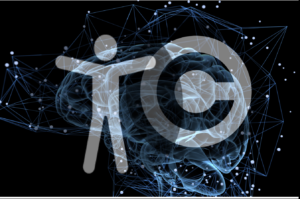Web accessibility and technology protection measures: Harmonizing the rights of persons with cognitive disabilities and copyright protections on the web
 The United Nations Convention on the Rights of Persons with Disabilities (CRPD) obligates State Parties to ensure full and equal access to the web for persons with disabilities. However, copyright law and policy sometimes poses challenges to realizing full and equal access to the web for persons with varying physical, mental, and cognitive disabilities. Recent developments in international law and policy that promote the use of technological protection measures (TPM) as a means for protecting copyrighted digital content on the web create barriers to accessibility for certain individuals with disabilities. This article uses theories of multilevel governance and social regulation to explore the relationship among laws and policies that aim to ensure web accessibility, and laws and policies to preserve and promote the use of TPM. It employs a case study of U.S. law and policy to examine how different levels of governance have ensured and supported the rights of persons with cognitive disabilities and web content publishers. This article argues that the Marrakesh Treaty acts as a bridge between the copyright and human rights regimes, can promote the meaningful participation of persons with an array of cognitive and other disabilities in the design and implementation of national and international copyright laws and policies, and thus fosters harmonization of TPM with the principles of web accessibility.
The United Nations Convention on the Rights of Persons with Disabilities (CRPD) obligates State Parties to ensure full and equal access to the web for persons with disabilities. However, copyright law and policy sometimes poses challenges to realizing full and equal access to the web for persons with varying physical, mental, and cognitive disabilities. Recent developments in international law and policy that promote the use of technological protection measures (TPM) as a means for protecting copyrighted digital content on the web create barriers to accessibility for certain individuals with disabilities. This article uses theories of multilevel governance and social regulation to explore the relationship among laws and policies that aim to ensure web accessibility, and laws and policies to preserve and promote the use of TPM. It employs a case study of U.S. law and policy to examine how different levels of governance have ensured and supported the rights of persons with cognitive disabilities and web content publishers. This article argues that the Marrakesh Treaty acts as a bridge between the copyright and human rights regimes, can promote the meaningful participation of persons with an array of cognitive and other disabilities in the design and implementation of national and international copyright laws and policies, and thus fosters harmonization of TPM with the principles of web accessibility.







